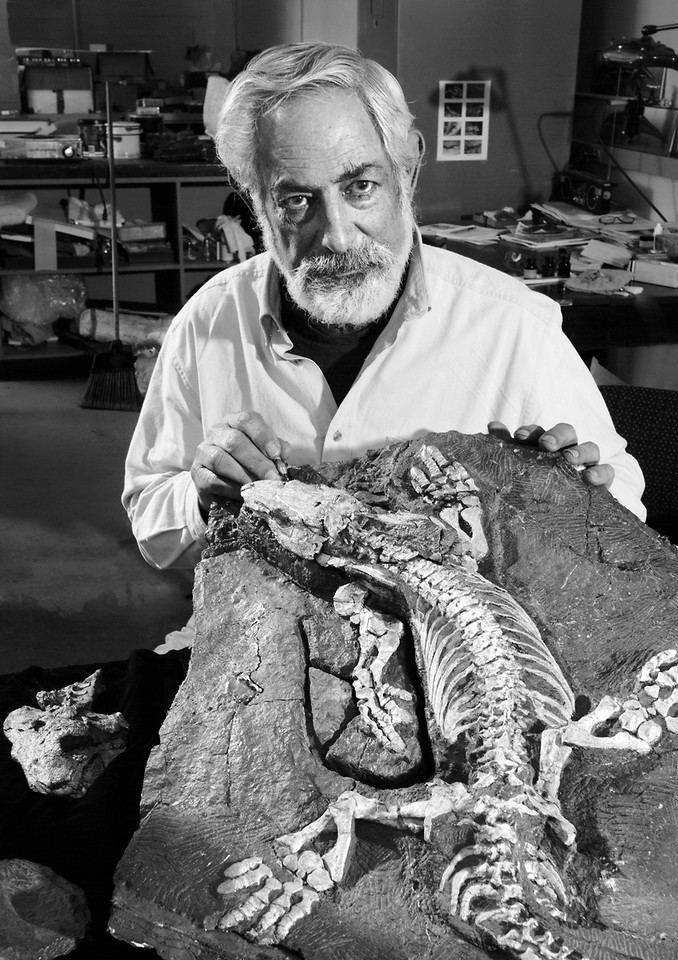Scientific name Diadectomorpha | Clade Reptiliomorpha Phylum Chordata Rank Order | |
 | ||
Lower classifications | ||
Diadectomorpha are a clade of large reptile-like amphibians that lived in Euramerica during the Carboniferous and Early Permian periods and in Asia during Late Permian (Wuchiapingian), and are very close to the ancestry of the Amniota. They include both large (up to 2 meters long) carnivorous and even larger (to 3 meters) herbivorous forms, some semi-aquatic and others fully terrestrial. The Diadectomorpha seem to have evolved during late Mississippian times, although they only became common after the Carboniferous rainforest collapse and flourished during the Late Pennsylvanian and Early Permian periods.
Contents
Anatomy
Diadectomorphs possess both amphibian and reptilian characteristics. Originally these animals were included under the order Cotylosauria, and were considered the most primitive and ancestral lineage of reptiles. More recently they have been reclassified as amphibian-grade tetrapods, closely related to the first true amniotes. Contrary to other Reptiliomorph amphibians, the teeth of the Diadectomorpha lacked the infolding of the dentine and enamel that account for the name Labyrinthodontia for the non-amniote tetrapods.
Classification
Diadectomorpha is most commonly given the rank of order when formal taxonomic ranks are applied. It is further divided into three families, representing specialization into different ecological niches. The exact phylogenetic relationship between the three is disputed.
Reproduction and the origin of Amniota
The reproduction of the Diadectomorphs has been the matter of some debate. If their group lay within the Amniota as has at times been assumed, they would have laid an early version of the amniote egg. Current thinking favours the amniote egg being evolved in very small animals, like Westlothiana or Casineria, leaving the bulky Diadectomorphs just on the amphibian side of the divide.
This would indicate the large and bulky Diadectomorphs laid anamniote eggs (in water). However, no unambiguously diadectomorph tadpole is known. Whether this is due to an actual lack of tadpole stage or taphonomy (many diadectomorphs were upland creatures where tadpoles would have a poor probability of being fossilized) is uncertain. Alfred Romer indicated that the anamniote/amniote divide might not have been very sharp, leaving the question of the actual mode of reproduction of these large animals unanswered. Possible reproductive modes include full amphibian spawning with aquatic tadpoles, internal fertilization with or without ovoviviparity, aquatic eggs with direct development or some combination of these. The reproductive mode might also have varied within the group.
